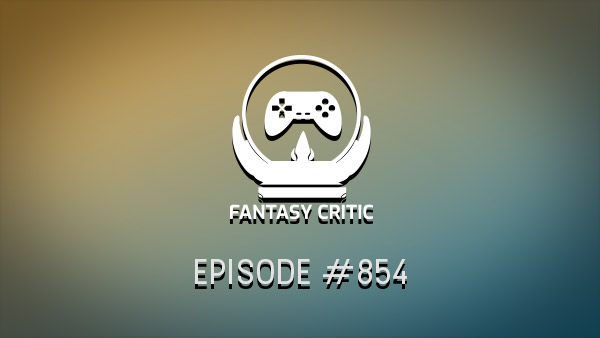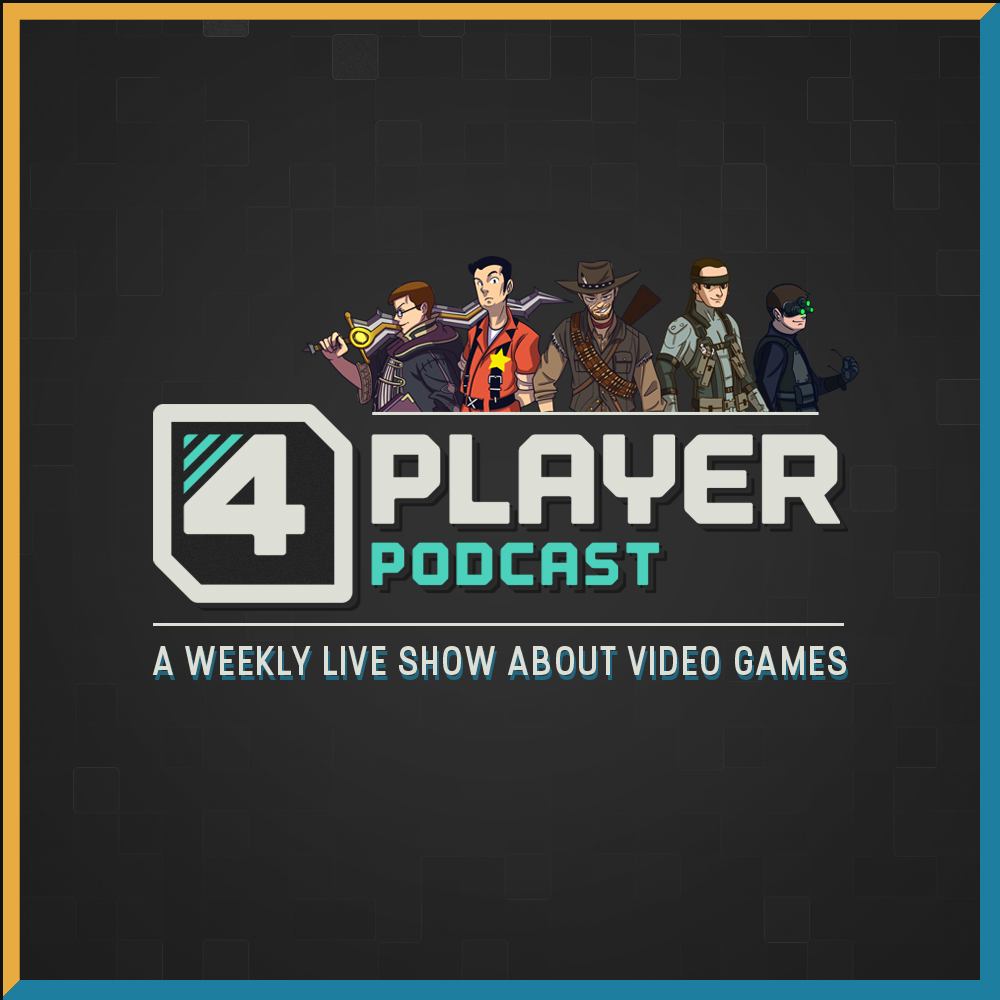Your login information returned multiple users. Please select the user you would like to log in as and re-type in your password.


The dust from 2017 is settling and yet another intense year of gaming is set to take it's place! In our final podcast of 2017, we look forward to the FUTURE by rattling off a long list of games slated for release in the next 12 months on Sony, Microsoft, and Nintendo platforms!
This Week's Discussion Topics:
Microsoft's 2018 Release Schedule (Xbox One / PC)
NIntendo's 2018 Release Schedule (Switch)
PC 2018 Release Schedule
2018 Multiplatform Release Schedule
and more...
Link Dump:
Support 4Player on Patreon - Supporters get 24-hour early access to all podcast episodes without Ads.
Join Our Free Community Discord
Don't forget to help our cause by subscribing to the show via your preferred content subscription service (iTunes, SoundCloud, RSS, etc). Click here to Learn How to Subscribe!
Enjoy the show? Let us know how you feel about the topics discussed in the comments below! We'll address your comments and questions during the first 10 minutes of next week's podcast! Involvement with the show via the comments automatically enters you in the monthly giveaway as well!




Comments
7 years, 11 months ago
This was from maybe two shows ago, but I wanted to comment on tuning forks.
It's true that if you touch the top of fork as its oscillating you will dampen it and stop the sound. However, if you touch the bottom tip of the tuning fork to a surface you can transfer the oscillation without dampening it much. You can for example touch it to the body of a string instrument, which will amplify the sound you hear. You can also touch the tip to your ear bone, and hear the sound directly in your bones.
Bonus fact: Beethoven used this method to hear his piano after he went deaf.
(extra physics: holding the tuning fork at the bottom actually does dampen the motion, but it only dampens the unbalanced / asymmetric modes that you don't want anyway because those produce other tones! The trick of the tuning fork is that the mode corresponding to the base tone you want barely has any motion in the bottom tip. The reason you can still transfer it to say the body of an instrument though is that they have resonance that match, so even a small excitation can build up. You can imagine it like pushing on a swing at the right moment.)